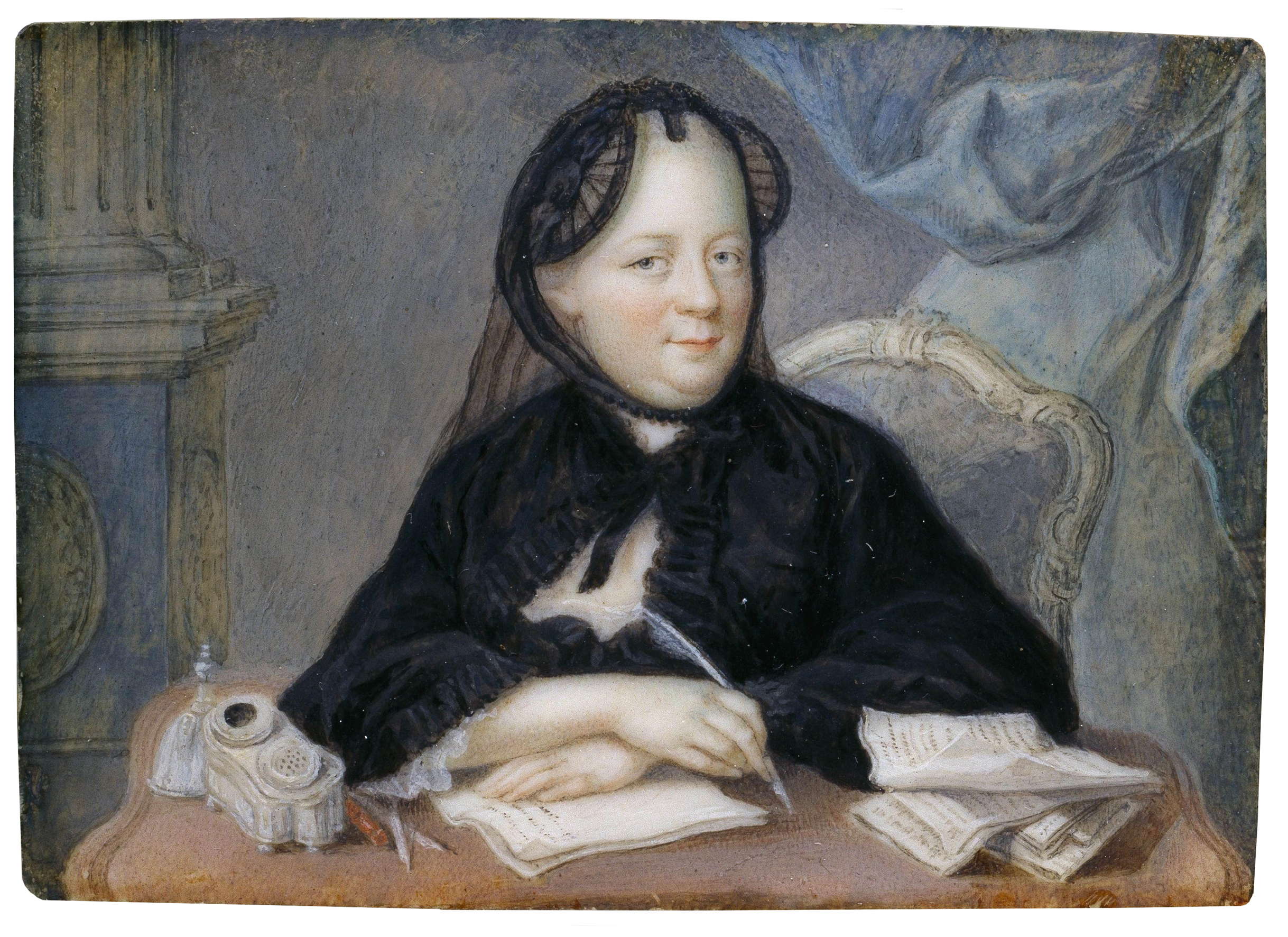
I’d like to reserve Thursdays for posts that include anything involving my favourite lady of the past, Josephine B. She’s a historical figure that I really love to learn about, so if you feel the same way, this should be really interesting. Also, I’d love it if you’d email me with any suggestions or questions that you would like me to post about. Bon Jeudi!
...Never Without My Fan...
In the eighteenth century the fan was not merely an accessory. If a lady knew anything about fashion, she made sure that her wardrobe was complete by including this precious ‘atout’. Our dearest fashion icon, Josephine, always selected the finest fans by having them imported or specifically designed to her own taste. Besides its obvious use for fanning away those pesky flying insects and keeping the ladies cool and fresh, the fan had a life of its own. It was a precious tool used for subtle communication. One could easily read a woman’s moods, intentions and interests simply by the movements of her fan. How did it come to this? Let’s take a quick look at its history.
In its earliest beginnings, seen in the ancient monuments, the fan began as a modest palm leaf or even a bird’s wing. Throughout the ages, it became a practical and useful, necessity that was modified, adjusted and improved along the way. It then disappeared along with the last Caesars to make comeback during the Crusades; in Venice, Naples and Padua, in the form of a flag fan. Though, at the time it was only used as an object of purity mainly used for Christian purposes, such as keeping the flies away from the Chalice.
The folding fan, as we know it today, was brought over from China in the 15th century to Portugal, Spain and Italy. Catherine de Medici’s Italian perfumers actually brought the fan to France. These fans were gorgeous with painted wood and the most delicate kid skins. Its magnificent colors and versatility made it the perfect fashion accessory for any lady of fine taste and class.
Josephine was no exception. It was expected of every ‘Grande dame’ to have her own distinctive fan, to gracefully hold should the need arise. One should not go without! She would use it to communicate and express herself in ways that others could understand. This gave the fan even more importance as it was the ultimate means of expression without words, gestures or sound. It was also a wonderful way to only expose the eyes while covering the mouth. This may have been particularly useful and wise, considering that oral hygiene and pearly whites were not the norm back then. In Josephine’s case, she was known to always smile with her mouth closed because of her teeth’s less than favorable condition. The fan made it possible and very convenient for her to share a good hearty laugh in elegant fashion.
Josephine’s Fan
Source:napoleonsociety.com

For your interest, here’s a version of the language of the fan:
1) THE FAN PLACED NEAR THE HEART: "You have won my love."
2) A CLOSED FAN TOUCHING THE RIGHT EYE: "When may I be allowed to see you?"
3) THE NUMBER OF STICKS SHOWN ANSWERED THE QUESTION: "At what hour?"
4) THREATENING MOVEMENTS WITH A FAN CLOSED: "Do not be so imprudent"
5) HALF-OPENED FAN PRESSED TO THE LIPS: "You may kiss me."
6) HANDS CLASPED TOGETHER HOLDING AN OPEN FAN: "Forgive me."
7) COVERING THE LEFT EAR WITH AN OPEN FAN: "Do not betray our secret."
8) HIDING THE EYES BEHIND AN OPEN FAN: "I love you."
9) SHUTTING A FULLY OPENED FAN SLOWLY: "I promise to marry you."
10) DRAWING THE FAN ACCROSS THE EYES: "I am sorry."
11) TOUCHING THE FINGER TO THE TIP OF THE FAN: "I wish to speak with you."
12) LETTING THE FAN REST ON THE RIGHT CHEEK: "Yes."
13) LETTING THE FAN REST ON THE LEFT CHEEK: "No."
14) OPENING AND CLOSING THE FAN SEVERAL TIMES: "You are cruel"
15) DROPPING THE FAN: "We will be friends."
16) FANNING SLOWLY: "I am married."
17) FANNING QUICKLY: "I am engaged." "I am engaged."
18) PUTTING THE FAN HANDLE TO THE LIPS: "Kiss me."
19) OPENING A FAN WIDE: "Wait for me."
20) PLACING THE FAN BEHIND THE HEAD: "Do not forget me"
21) PLACING THE FAN BEHIND THE HEAD WITH FINGER EXTENDED: "Goodbye."
22) FAN IN RIGHT HAND IN FRONT OF FACE: "Follow me."
23) FAN IN LEFT HAND IN FRONT OF FACE: "I am desirous of your acquaintance."
24) FAN HELD OVER LEFT EAR: "I wish to get rid of you."
25) DRAWING THE FAN ACROSS THE FOREHEAD: "You have changed."
26) TWIRLING THE FAN IN THE LEFT HAND: "We are being watched."
27) TWIRLING THE FAN IN THE RIGHT HAND: "I love another."
28) CARRYING THE OPEN FAN IN THE RIGHT HAND: "You are too willing."
29) CARRYING THE OPEN FAN IN THE LEFT HAND: "Come and talk to me."
30) DRAWING THE FAN THROUGH THE HAND: "I hate you!"
31) DRAWING THE FAN ACROSS THE CHEEK: "I love you!"
32) PRESENTING THE FAN SHUT: "Do you love me?"
Source: http://www.handfanpro.com/Allaboutfans/Lang/language.htm
I found this gorgeous 18thc fan at this collector's site. She has unbelievable fans that are extremely rare. Go see: http://www.ventagli.org/index.htmhttp://www.ventagli.org/index.htm
 history source
history source:http://www.victoriana.com/Fans/historyofthefan.html
-







































.jpg)










